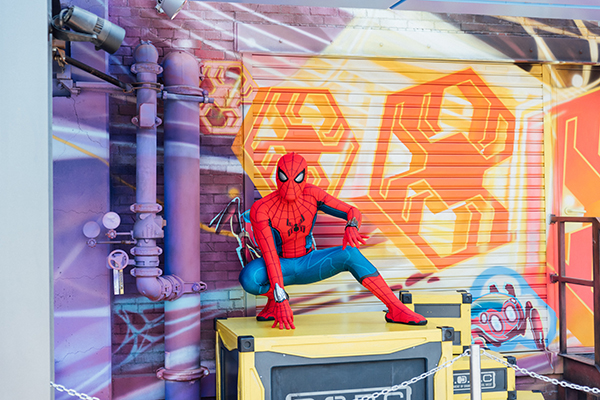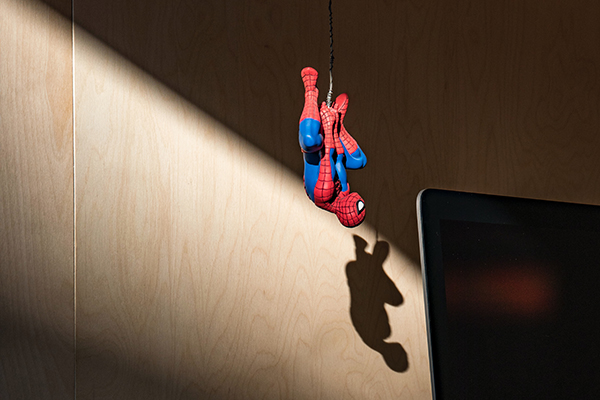Spiderman, but not as we know it. Sophia’s sensory play
I talk about early identification a lot. The sooner a child’s neurodivergent (ND) needs are identified, the more likely it is that those needs will be met. If staff know that a child is ND, they will understand and accept their need. This means that the child is understood and liked and the adults around them will change the environment to suit their needs. As a result, the child will be happier and have a good experience of nursery or school. Children who are successful in school have better outcomes by any markers. Sensory divergences are one of the key differences that you will see in a ND child. These are
particularly pronounced in autistic learners, where you may notice a sensory difference quite early on.
What do you mean by difference?
Well, simply put, I mean that the child may play with broadly similar toys in a radically different way to neurotypical children. This is because an ND child experiences the world in a radically different way, and, as a result they will express themselves and explore the world in a quite exceptional manner. This can often be fascinating to watch. If you are ever
privileged enough to observe and autistic or ND child at play, some of the things you may see could include;
– Driving cars or toy vehicles up the wall or along different surfaces to feel the
sensations of the vibration on their fingertips
– Spinning the wheels of cars, plates, cotton reels or other round objects to watch the
patterns they make
– Turning lights on and off to experience the contrast in light and darkness
– Waving a dolls hair in front of their face to enjoy the visual or tactile feedback
– Standing in front of a wall at various distances and clapping to enjoy the echo sound

Sophia’s sensory play
‘She plays spiderman, but not as we know it’ This was a comment made on the phone by Sophia’s key worker, Kate. It was an interesting observation and one that made me intrigue about what I would see on my visit. I’ve explained this in more detail in the video below
What is a sensory diet?
A sensory diet is used to help our learners become or remain calm and alert by stretching the window of tolerance. This can aid concentration as I explain in this blog Ben and The Dust Learners with a sensory diet are given regular opportunities to do exercises or activities that will help them regulate. For early years and primary school aged children., this can be done through using play to help them up or down regulate depending upon if they are hypo or hypersensitive. I have written more about this, including a list of sensory activities you can incorporate here.
https://www.neuroteachers.com/post/nico-and-the-bubbles-sensory-play-for-regulation
Next steps for Sophia
Sophia was exhibiting some sensory seeking behaviour which told me that she was hyposensitive in her proprioceptive sense. Proprioception is sense of body position or movement. People who are under stimulated in this way my seek out hugs, physical contact and ‘heavy work’ as well as deep, firm pressure. This was why Sophia was playing in this way.
As she was in preschool Sophia was just beginning to take part in focused, more adult led activities, ready for more formal learning, like phonics and numeracy when she went into reception.
We needed to find a way for her to get the feedback she needed before or during these activities so that she was calm, alert, and ready to learn. Rather than discouraging Sophia from using sensory play, we encouraged her to have short bursts of ‘playing spiderman’ just before an adult led activity. If she still found focus difficult, we would give a small, weighted* toy dog (which was actually an old door stop) to put on her lap and cuddle. ‘ Lap dog’ became a bit of a favourite and soon also began to feature in the spiderman play, adding an extra element of proprioception as Sophia included him in her adventures.
NB- when using weighted equipment of any kind.
1. Make sure they weigh less that 10 percent of the child’s body weight
2. The child can remove it themselves if they don’t feel comfortable
3. The child does not hold, carry, or wear the item for more than 20 minutes at a time.
email me [email protected]
call me 07879663714

